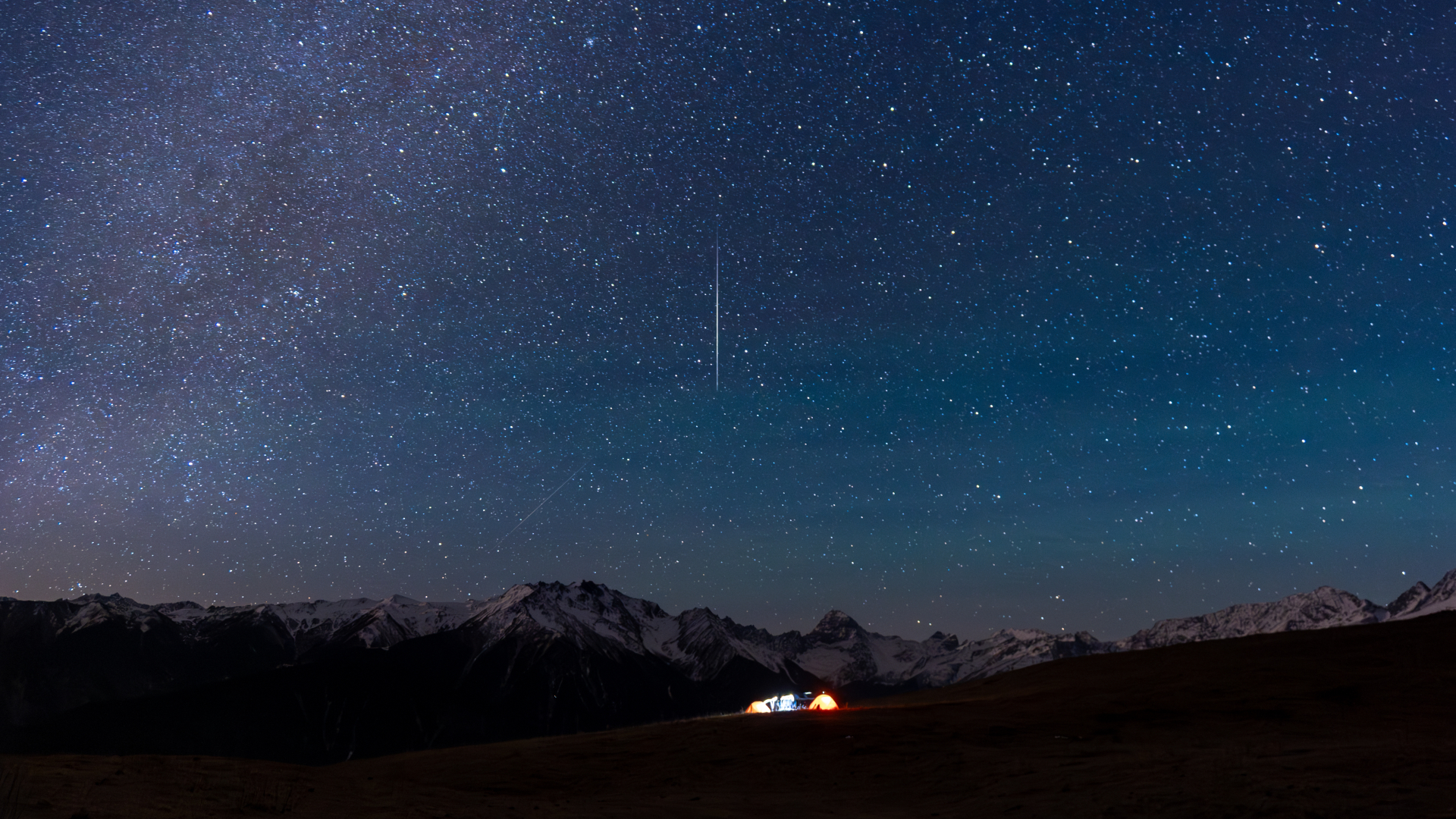Exotic Antimatter Created on Earth
Scientists have created a never-before seen type of exoticmatter that is thought to have been present at the earliest stages of theuniverse, right after the Big Bang.
The new matter is a particularly weird form of antimatter,which is like a mirror-image of regular matter. Every normal particle isthought to have an antimatter partner, and if the two come into contact, theyannihilate.
The recent feat of matter-tinkering was accomplished bysmashing charged gold atoms at each other at super-high speeds in a particleaccelerator called the Relativistic Heavy Ion Collider at the U.S.Department of Energy?s (DOE) Brookhaven National Laboratory in Upton, N.Y.
Among the many particles that resulted from this crash werebizarre objects called anti-hypertritons. Not only are these things antimatter,but they're also what's called strange matter. Where normal atomic nuclei aremade of protons and neutrons (which are made of "up" quarks and"down" quarks), strange nuclei also have so-called Lambda particlesthat contain another flavor of quark called "strange" as well. TheseLambda particles orbit around the protons and neutrons.
If all that is a little much to straighten out, just thinkof anti-hypertritons as several kinds of weird.
Though they normally don't exist on Earth, these particlesmay be hiding in the universe in very hot, dense places like the centers ofsome stars, and most likely were around when the universe was extremely youngand energetic, and all the matter was packed into a very small, swelteringspace.
"This is the first time they?ve ever been created in a laboratoryor a situation where they can be studied," said researcher Carl Gagliardiof Texas A&M University. "We don?t have anti-nuclei sitting around ona shelf that we can use to put anti-strangeness into. Only a few anti-nucleihave been observed so far."
Breaking space news, the latest updates on rocket launches, skywatching events and more!
These particles weren't around for too long, though ? infact, they didn't last long enough to collide with normal matter andannihilate. Instead they just decayed after a fraction of a billionth of asecond.
"That sounds like a really short time, but in fact onthe nuclear clock it's actually a long time," Gagliardi told SPACE.com."In that fraction of a billionth of a second that Lambda particle has alreadygone around the nucleus as many times as the Earth has gone around the sun sincethe solar system was created."

Clara Moskowitz is a science and space writer who joined the Space.com team in 2008 and served as Assistant Managing Editor from 2011 to 2013. Clara has a bachelor's degree in astronomy and physics from Wesleyan University, and a graduate certificate in science writing from the University of California, Santa Cruz. She covers everything from astronomy to human spaceflight and once aced a NASTAR suborbital spaceflight training program for space missions. Clara is currently Associate Editor of Scientific American. To see her latest project is, follow Clara on Twitter.
